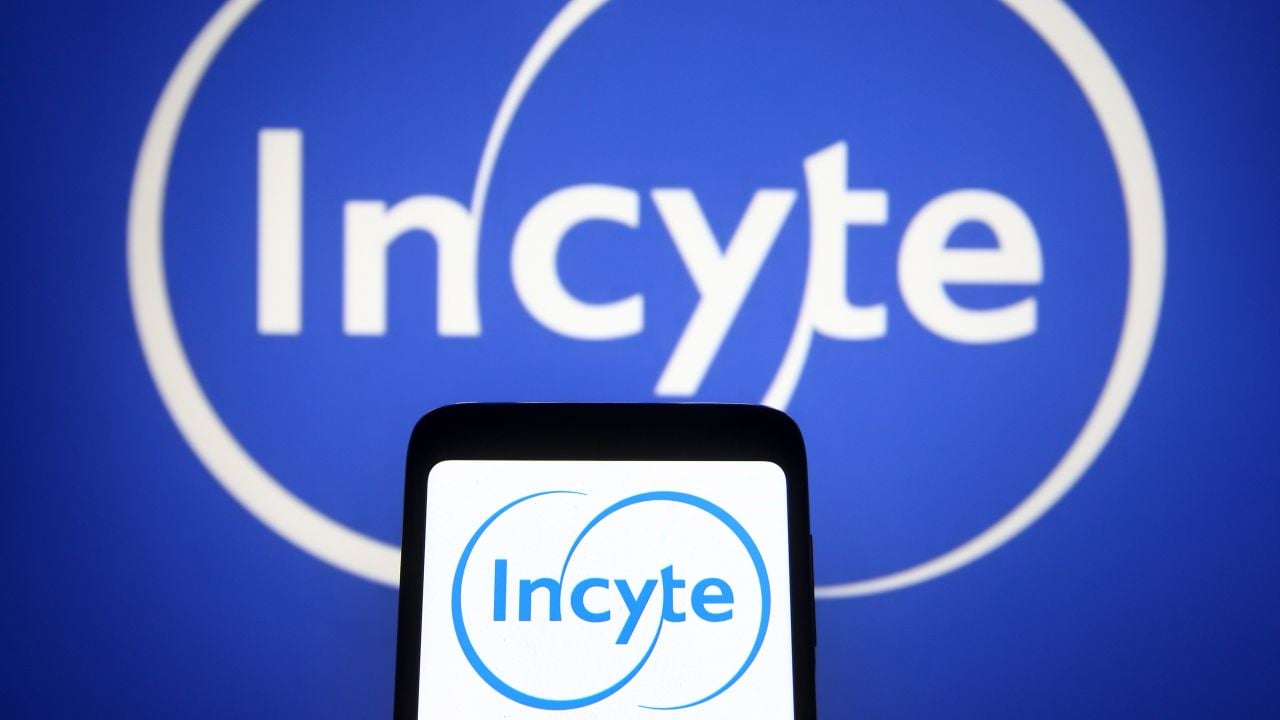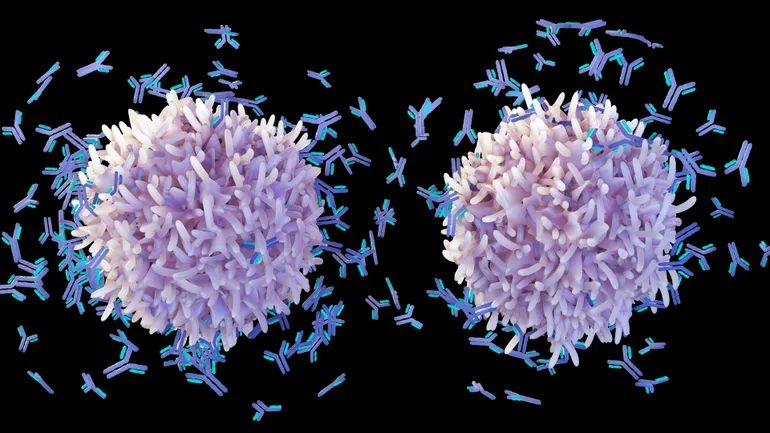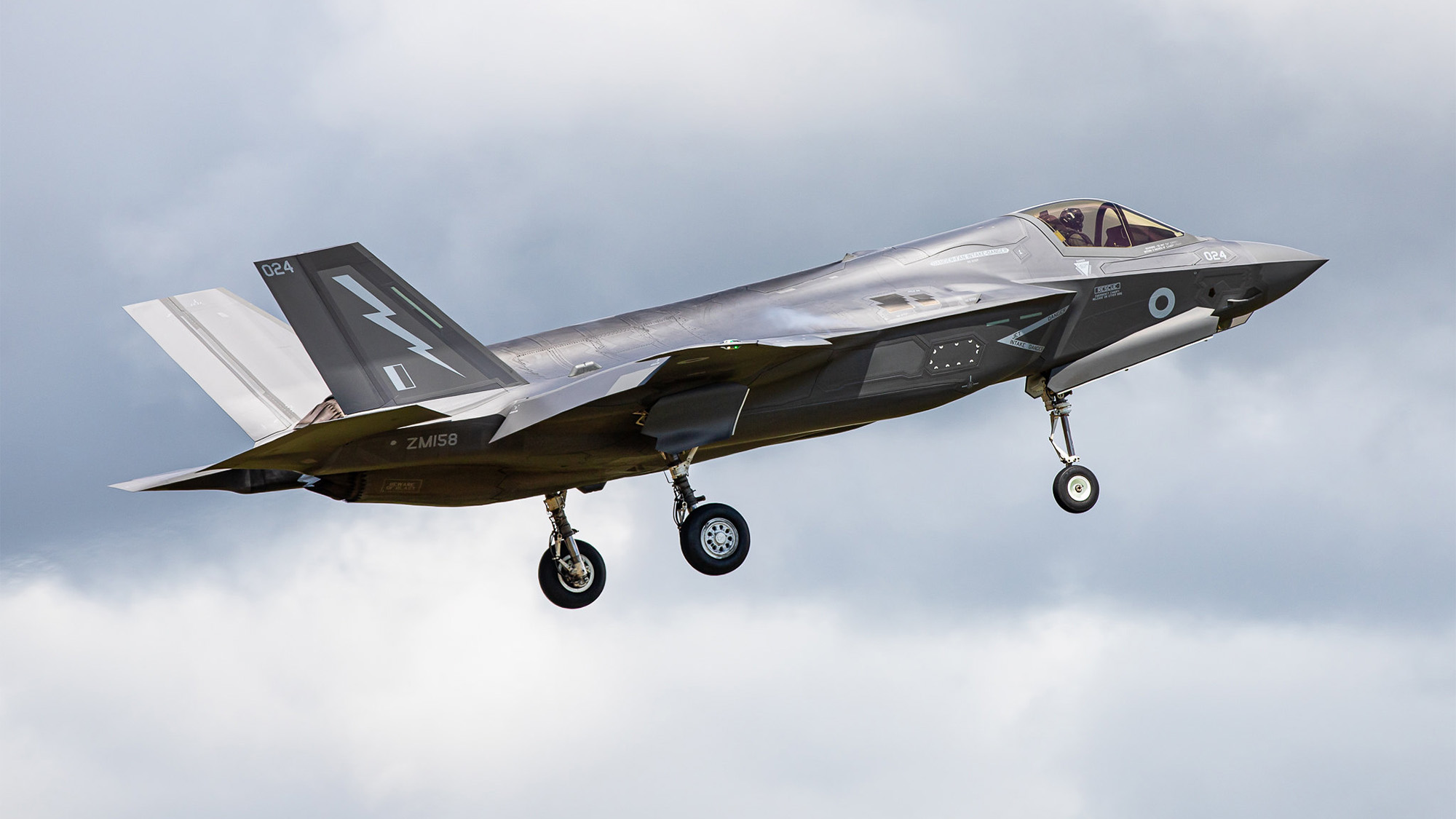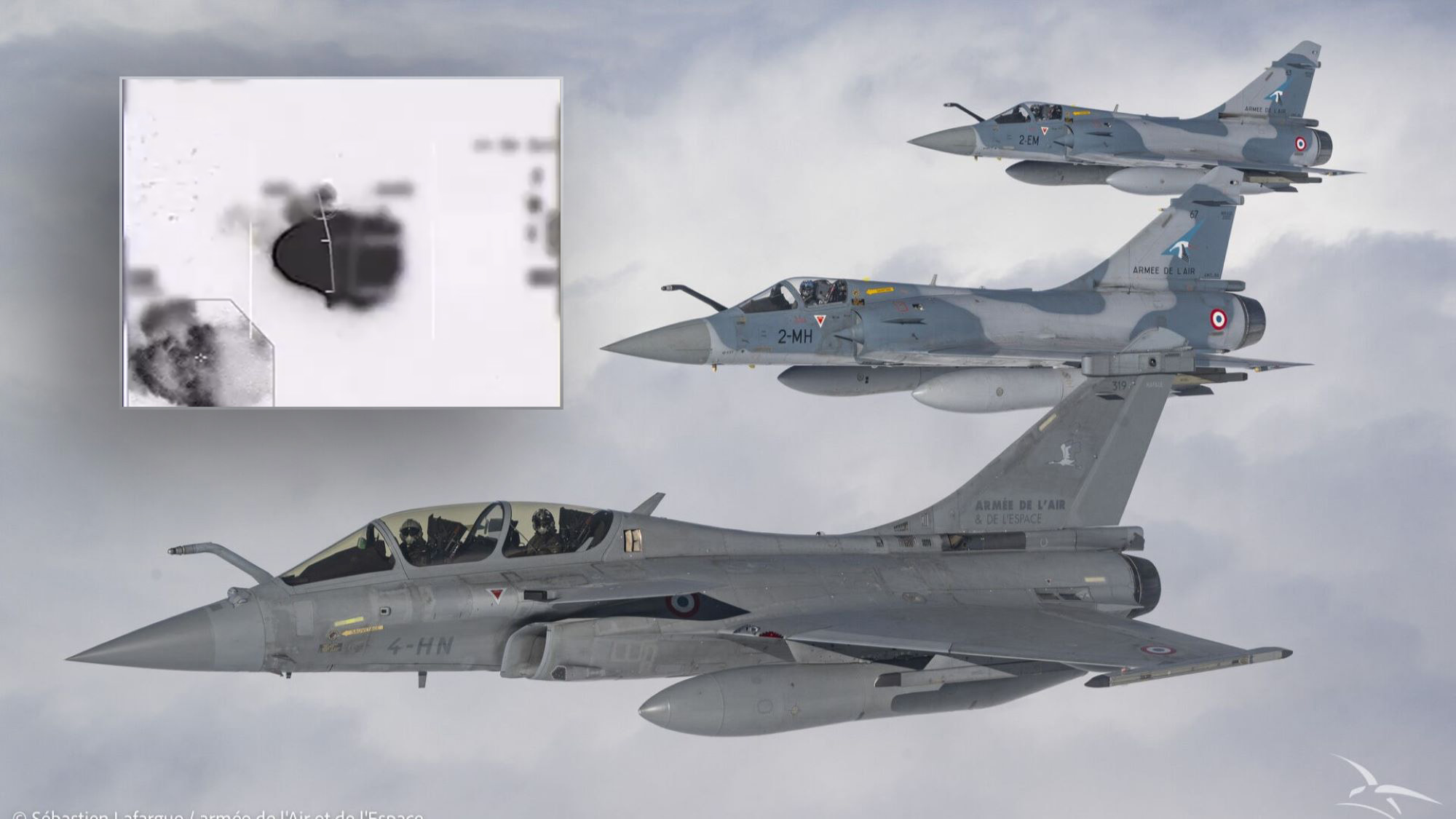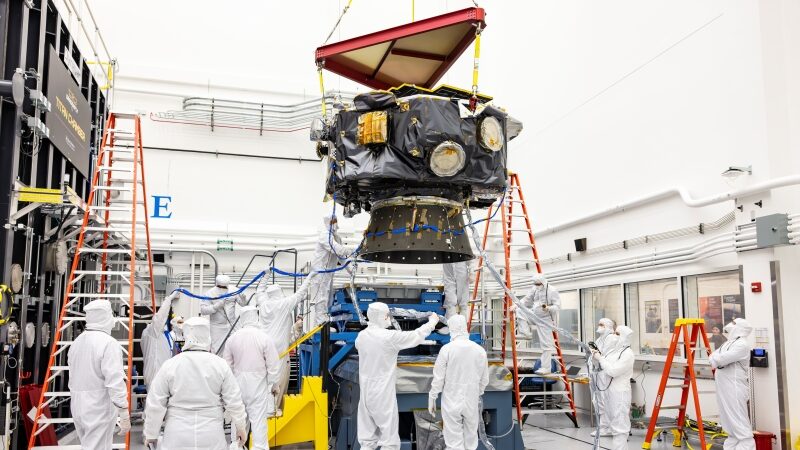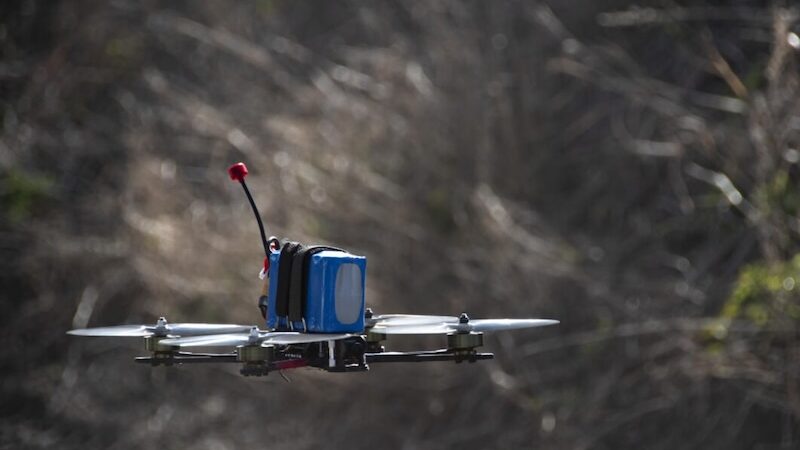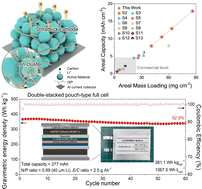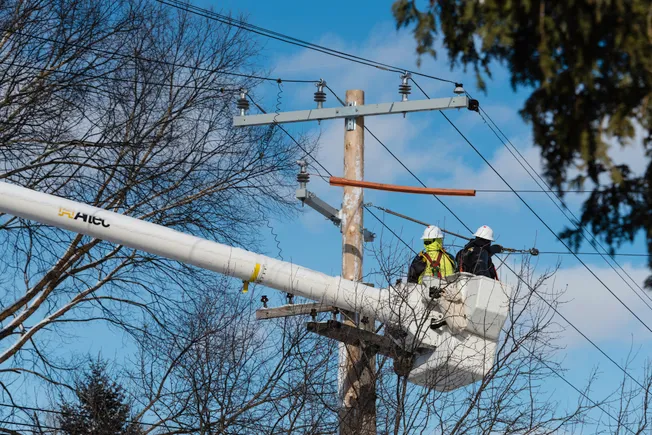Targeted Neuroimmune Modulation via FGF21‐Loaded Dual‐Layer Electrospun Nanofibrous Scaffold to Suppress Secondary Injury After Severe Traumatic Brain Injury
Advanced Healthcare Materials, EarlyView.

For the treatment of severe traumatic brain injury (sTBI), a dual-layer electrospun scaffold is developed for efficient fibroblast growth factor 21 delivery to the brain. The scaffold significantly modulated neuroinflammation and improved sensorimotor and neurological functions of model animals, offering a promising therapeutic strategy for functional recovery following sTBI.
Abstract
Containment of secondary injury following severe traumatic brain injury (sTBI) is crucial for preserving neural tissue and function, especially when a dysregulated neuroimmune response exacerbates inflammation. However, effective therapeutic interventions targeting neuroimmune remodeling remain lacking. In this study, fibroblast growth factor 21 (FGF21) is identified as a promising immunomodulatory candidate, and a dual-layer electrospun scaffold is developed for efficient FGF21 delivery to the brain. FGF21 is stabilized within poly(lactic acid) (PLA), as confirmed by molecular docking, and incorporated into a PLA/triglycerol monostearate (PT) nanofiber inner layer for matrix metalloproteinase-9 (MMP-9)-responsive drug release. A crosslinked zein/gelatin (CZG) outer layer is added to support dura mater recovery. In a murine sTBI model, RNA sequencing revealed that FGF21 modulates neuroinflammation by suppressing type I interferon signaling and downstream chemotaxis, thereby shifting microglia from an aggressive pro-inflammatory to a restorative phenotype, with concurrent reductions in microglial proportion and amoeboid morphology. Magnetic Resonance Imaging (MRI)Magnetic Resonance Imaging imaging and behavioral assessments further confirmed the neuroprotective effects of FGF21@PT/CZG and demonstrated improvements in sensorimotor and neurological functions. These findings suggest that this nanofibrous scaffold offers a promising therapeutic strategy for targeted immunomodulation and functional recovery following sTBI.

























































